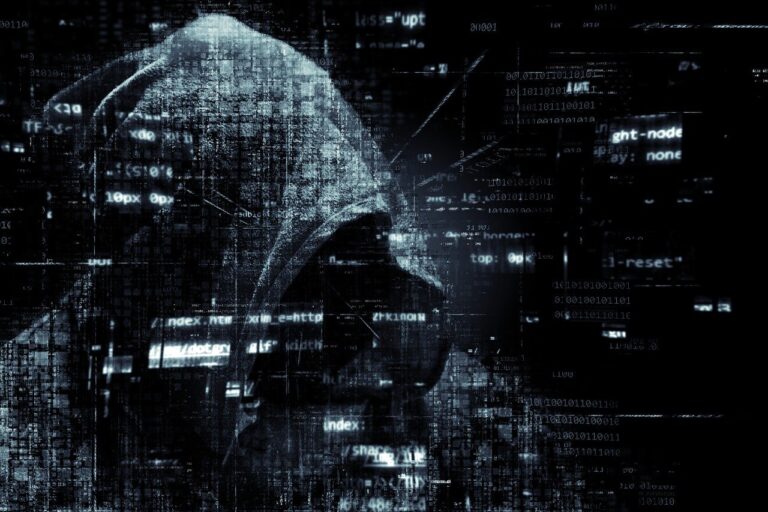
In our daily activities, Information and Communication Technologies (ICTs) play a significant role, making tasks easier.
The concept of Information and Communication Technologies (ICTs) refers to the set of tools that allow the transmission, processing, and storage of information. This includes computers and their components, such as software and hardware; smartphones; tablets; networks like the Internet; information systems, and more.
ICTs are used in daily activities for work, education, entertainment, commercial and financial transactions, and are utilized by a wide range of individuals—from minors to the elderly—as well as by businesses and governments. Unfortunately, these tools are also used for illicit activities that harm other individuals or organizations and their assets. This has given rise to the need for legal action against such behaviors, leading to a new category of crimes: cybercrimes or computer crimes.
Computer crimes are defined as illegal acts in which information technologies, such as computers, software, electronic media, the Internet, etc., are used either as a means or an end. For example, software can be used as a tool to commit a crime, such as unauthorized access to confidential information, or it can be the target of the crime, such as when viruses are inserted to destroy it.
The classification, prevention, technical assistance, and combat of computer crimes are complex tasks for nations.
The United Nations has recognized that cybercrime presents significant challenges for all states, as these crimes occur in cyberspace, where criminals and victims can be anywhere in the world.
In recent decades, countries have introduced computer crimes into their legal frameworks, recognizing that these crimes can threaten the confidentiality of information, IT systems, intellectual property, personal integrity and privacy, assets, and more.
Some examples of computer crimes defined in the legislation of various countries include:
- Data Diddling
- Trojan Horses
- Hacking
- Salami Technique
- Logic Bombs
- Ransomware
- Malware
- Cyberbullying
- Data Leakage
- Scavenging
- Sextortion
- Piggybacking
- Phishing
- Pharming
- Spyware
- Spim
- Wardriving
- Trap Doors
- Smishing
- Superzapping
- Wiretapping
- Document Forgery
- Fraud
- Identity Theft, Usurpation, and Impersonation
- Computer Time Theft
- Cyberterrorism, among others.
Perpetrators of Computer Crimes
A few decades ago, cybercrimes were committed by individuals with specialized knowledge in IT systems. Nowadays, not all perpetrators need such expertise. For instance, anyone with a smartphone can share someone else’s data, images, audio, or videos without consent, intending to cause harm.
Criminals exploit technology and sometimes operate in networks or organized groups.
In addition, perpetrators of cybercrimes can include employees, officials, or public servants who, due to their roles, have access to certain information systems or technology.
These offenders are also known as hackers, cybercriminals, or computer pirates.
Digital Violence
Digital violence, also known as cyber violence, refers to actions carried out through digital media that violate the sexual privacy, integrity, dignity, and private lives of individuals, causing sexual, moral, psychological, or financial harm.
Actions constituting digital violence include:
- Recording videos, audio, or taking real or simulated photographs of intimate sexual content without consent, often using deception.
- Exposing, distributing, broadcasting, exhibiting, reproducing, transmitting, commercializing, offering, exchanging, or sharing intimate sexual videos, audio, or photos of a person without their consent via printed materials, email, text messages, social networks, or any technological means.
Several Mexican states that have criminalized these behaviors include: Aguascalientes, Baja California Sur, Chiapas, Mexico City, Coahuila, Durango, Guerrero, Estado de México, Michoacán, Nuevo León, Oaxaca, Puebla, Querétaro, and Veracruz.